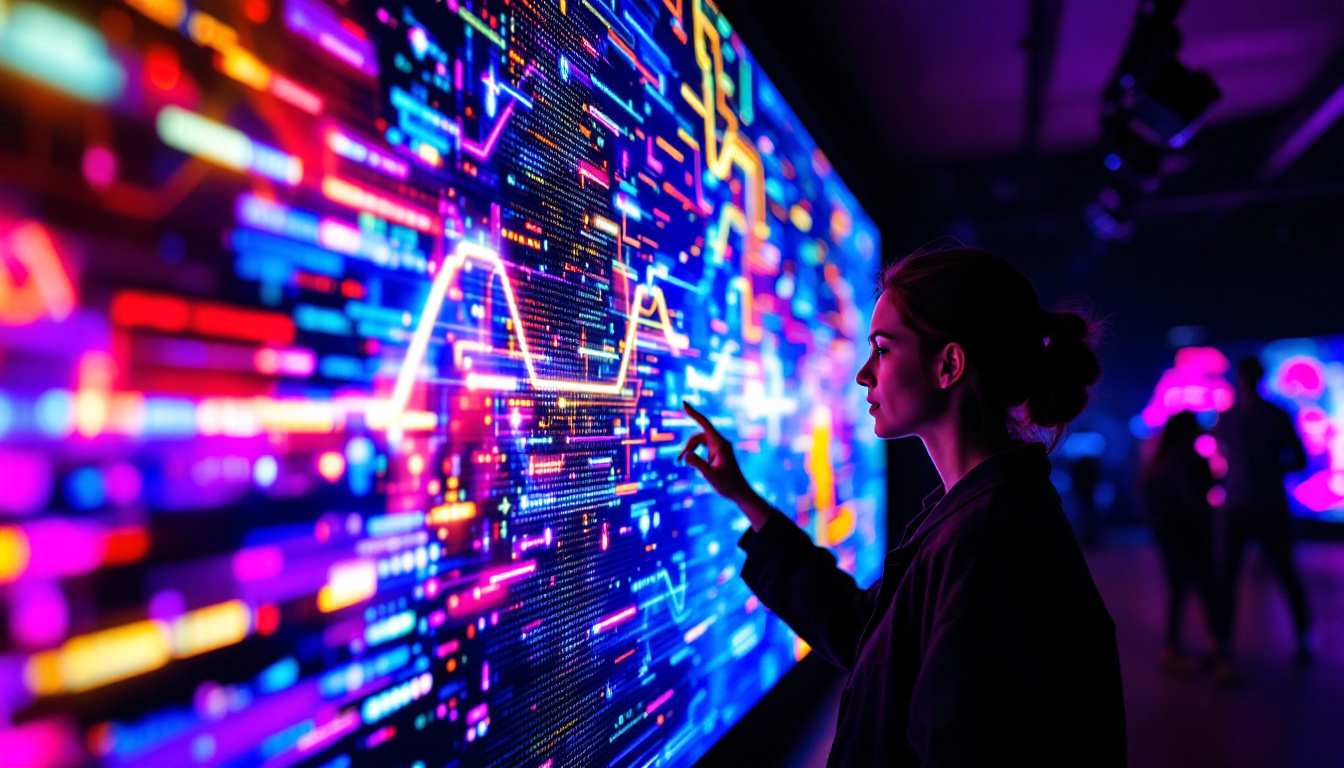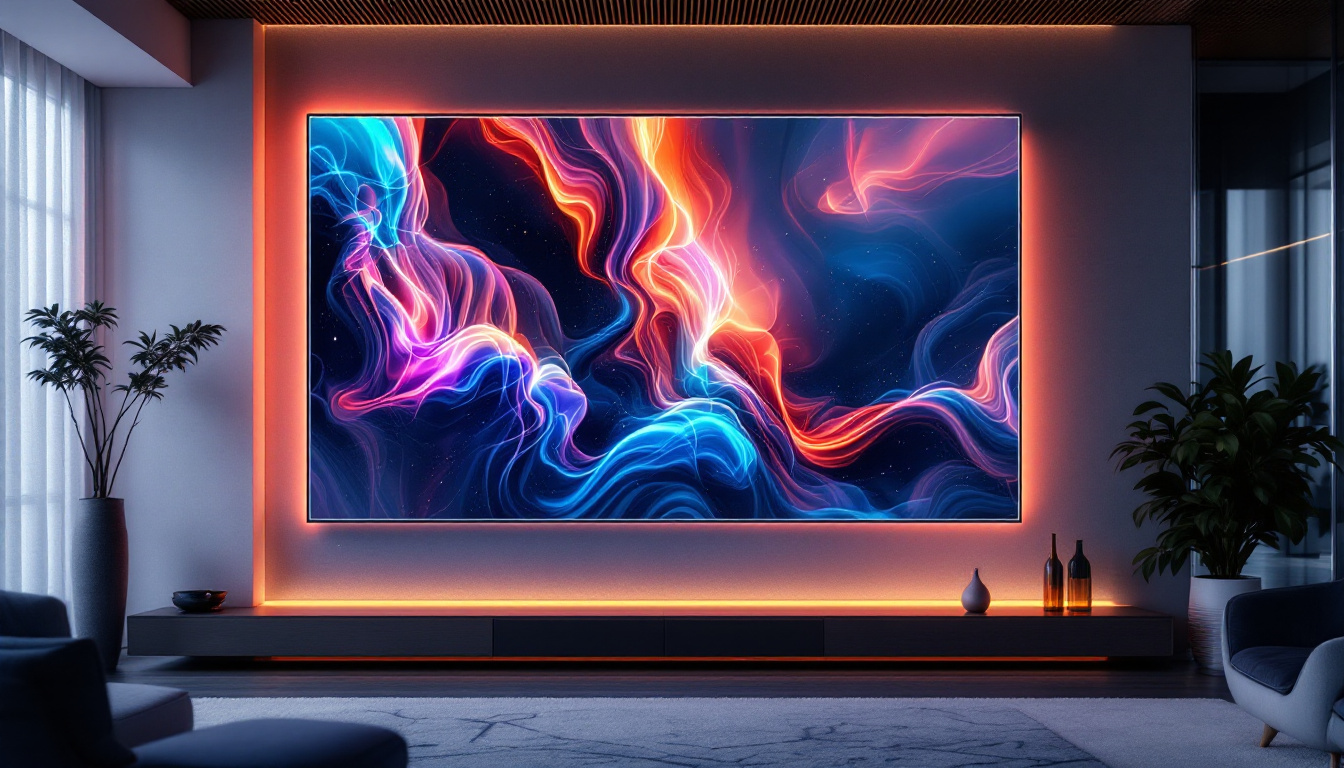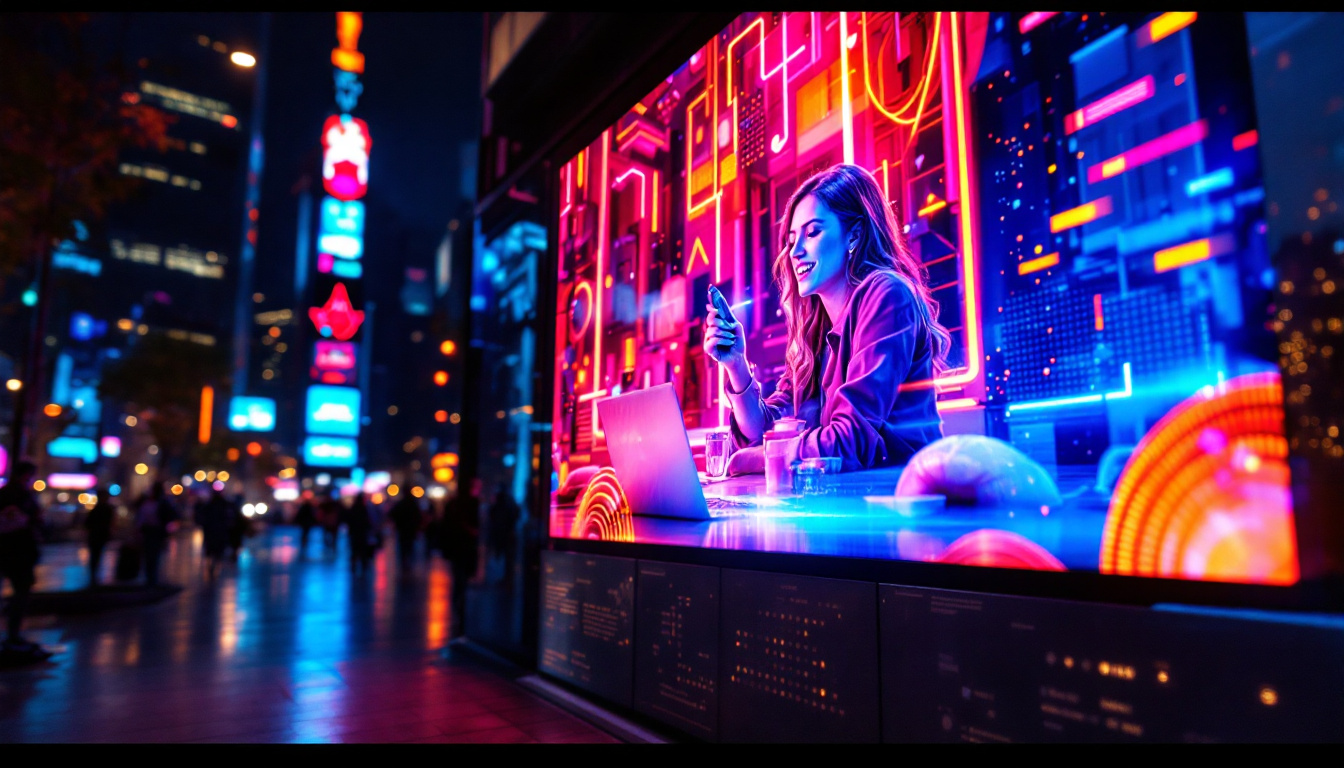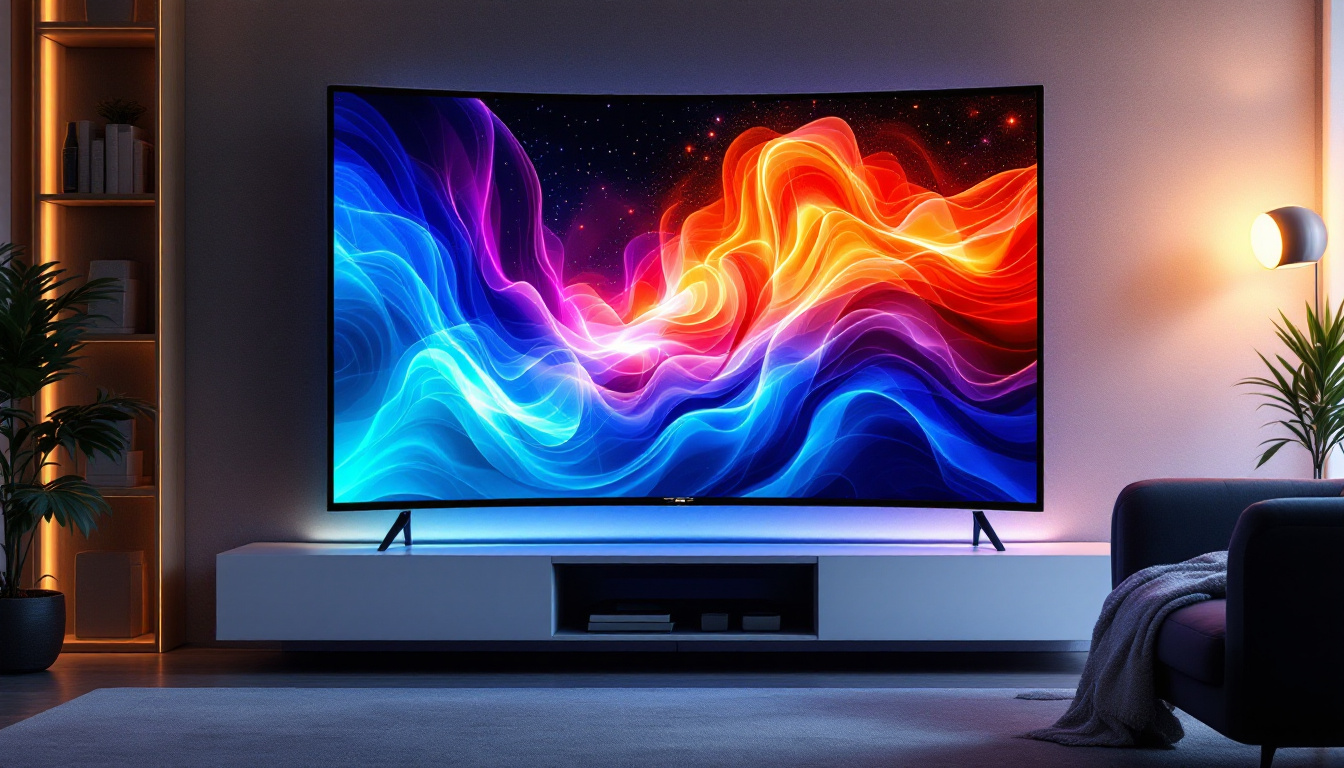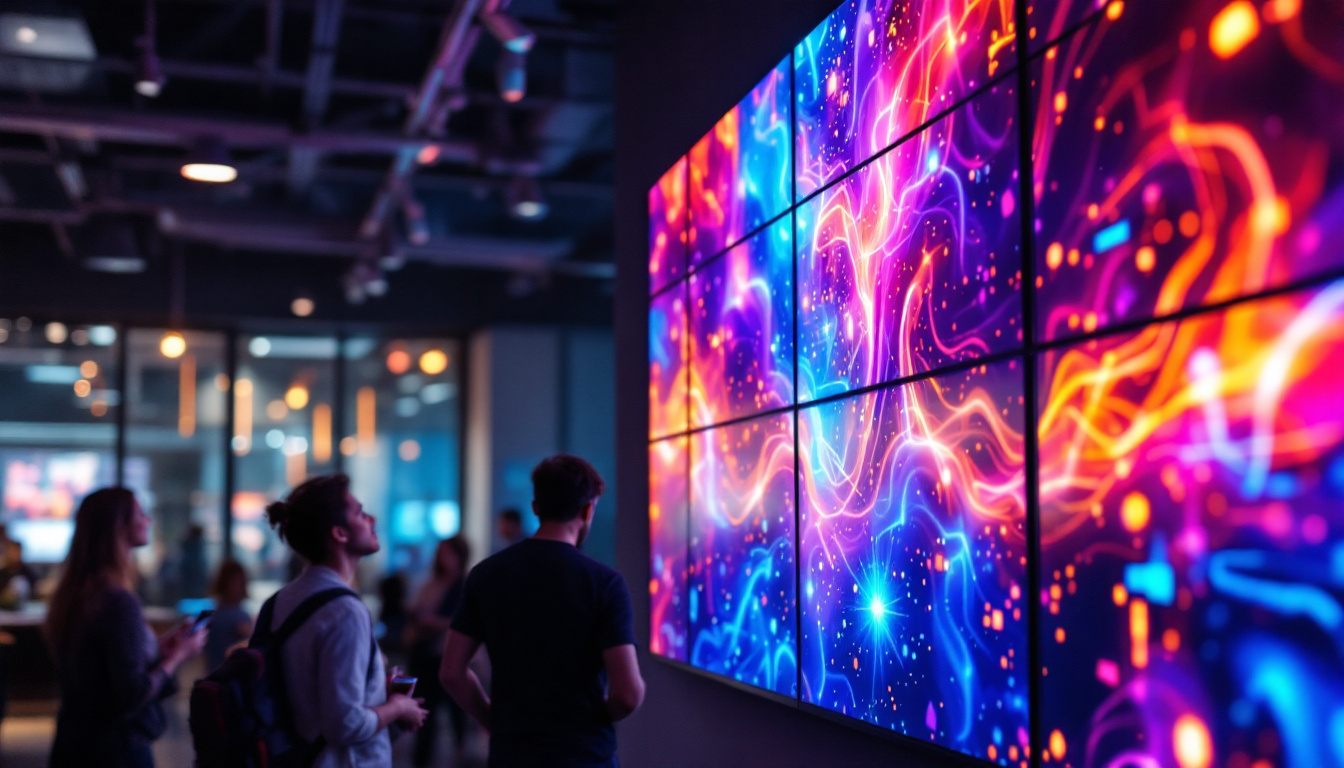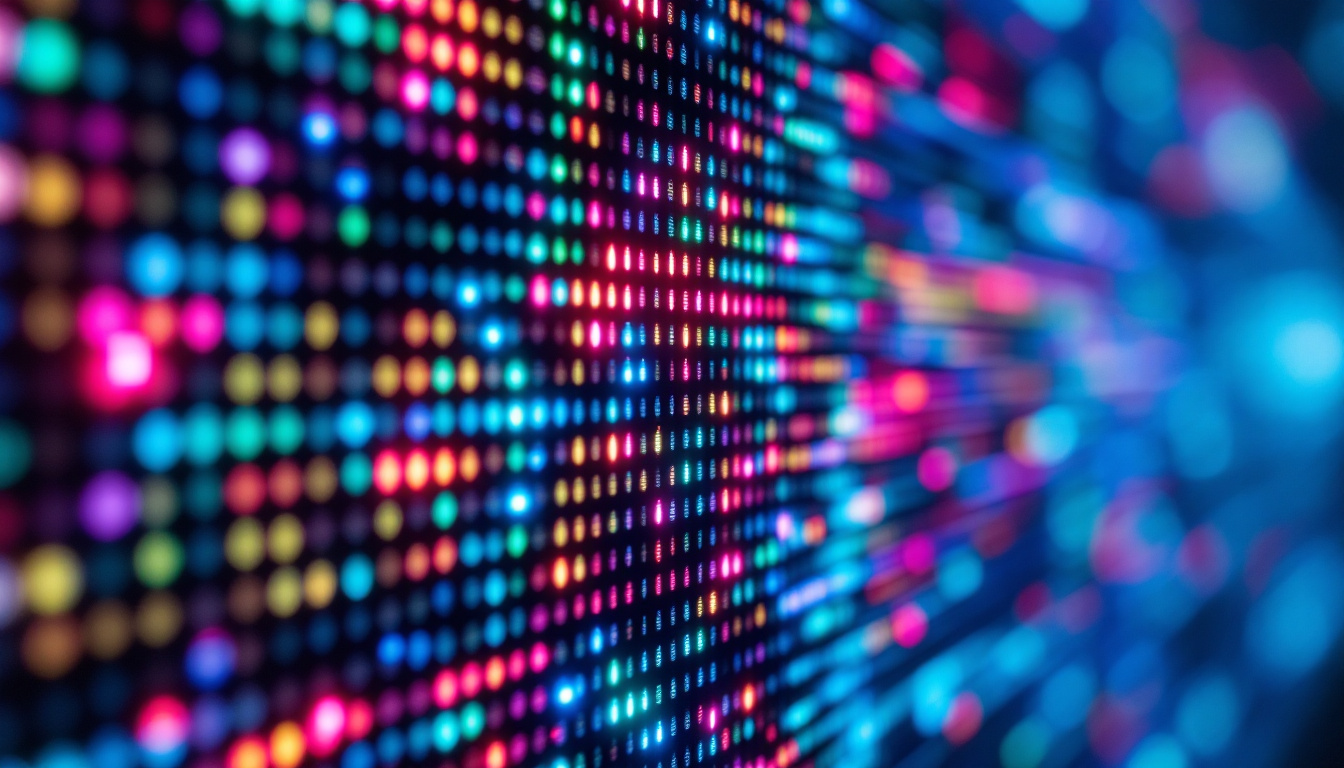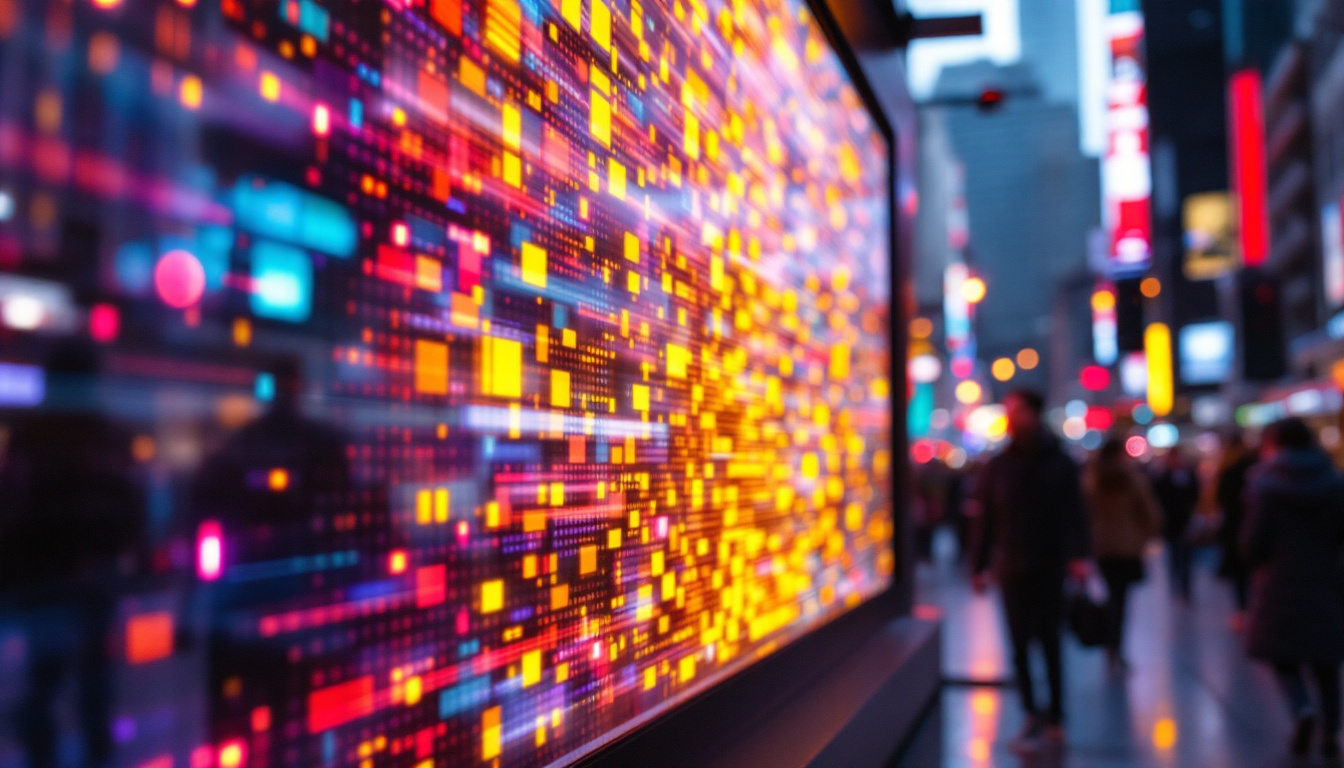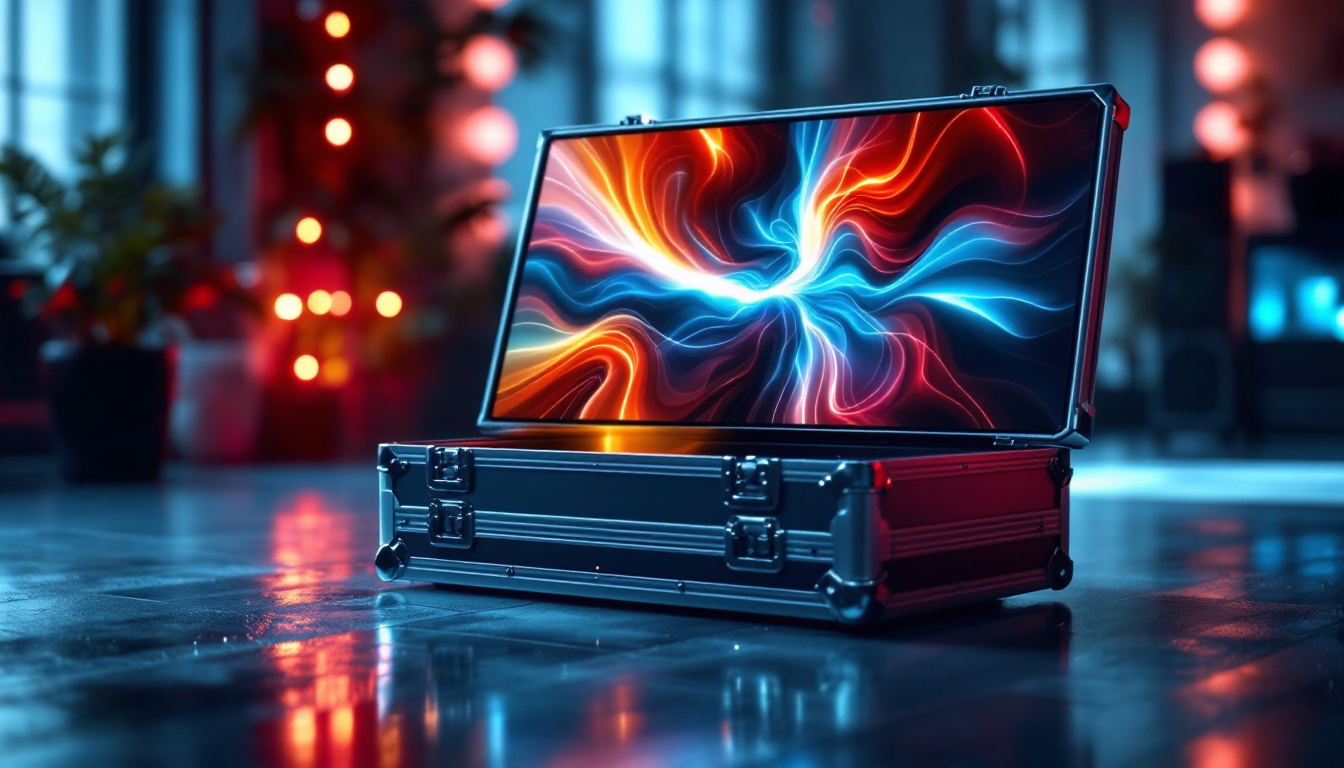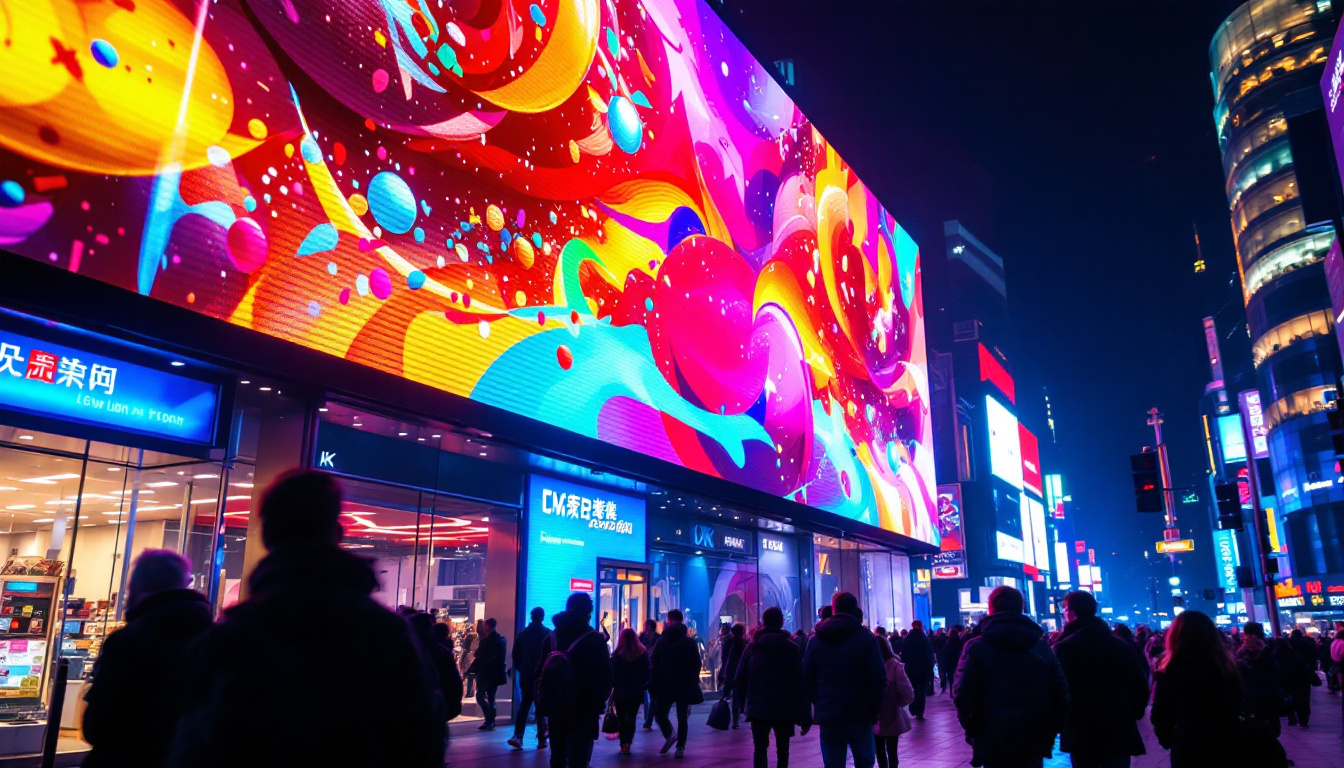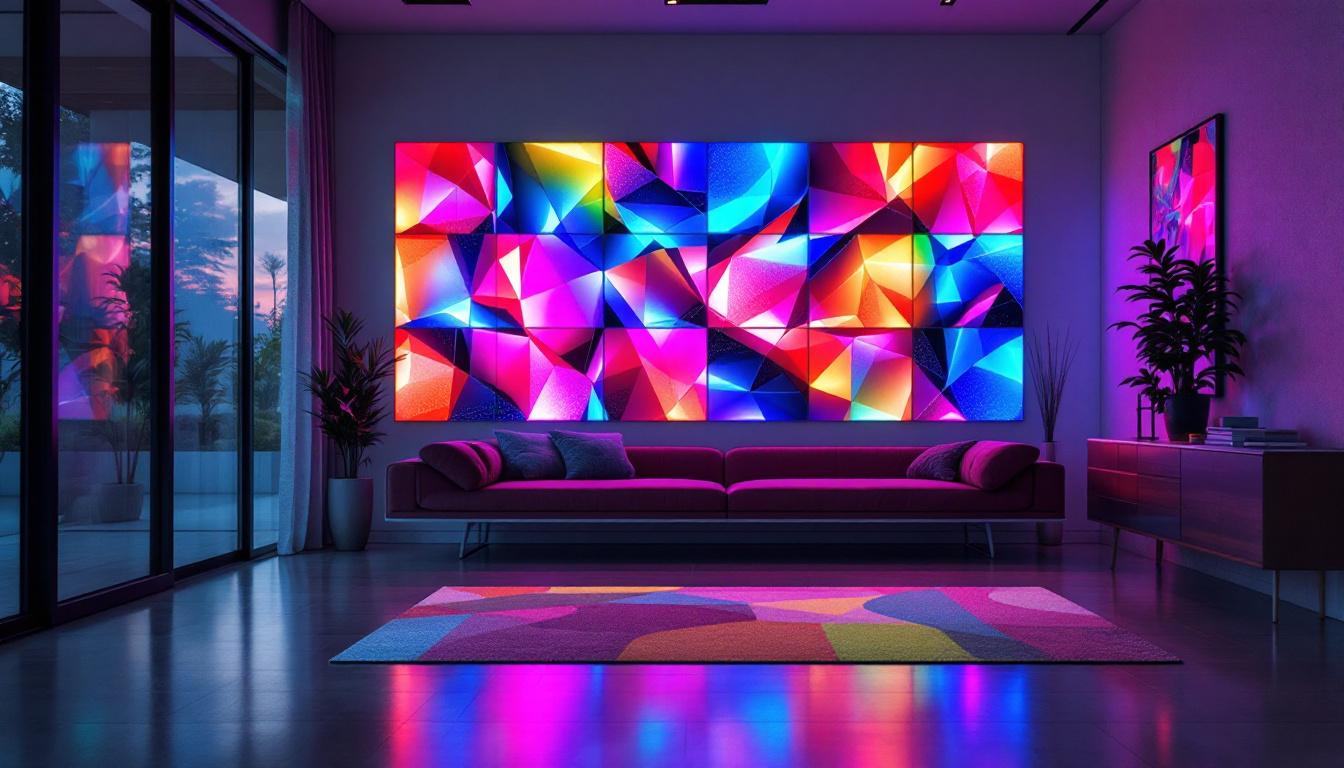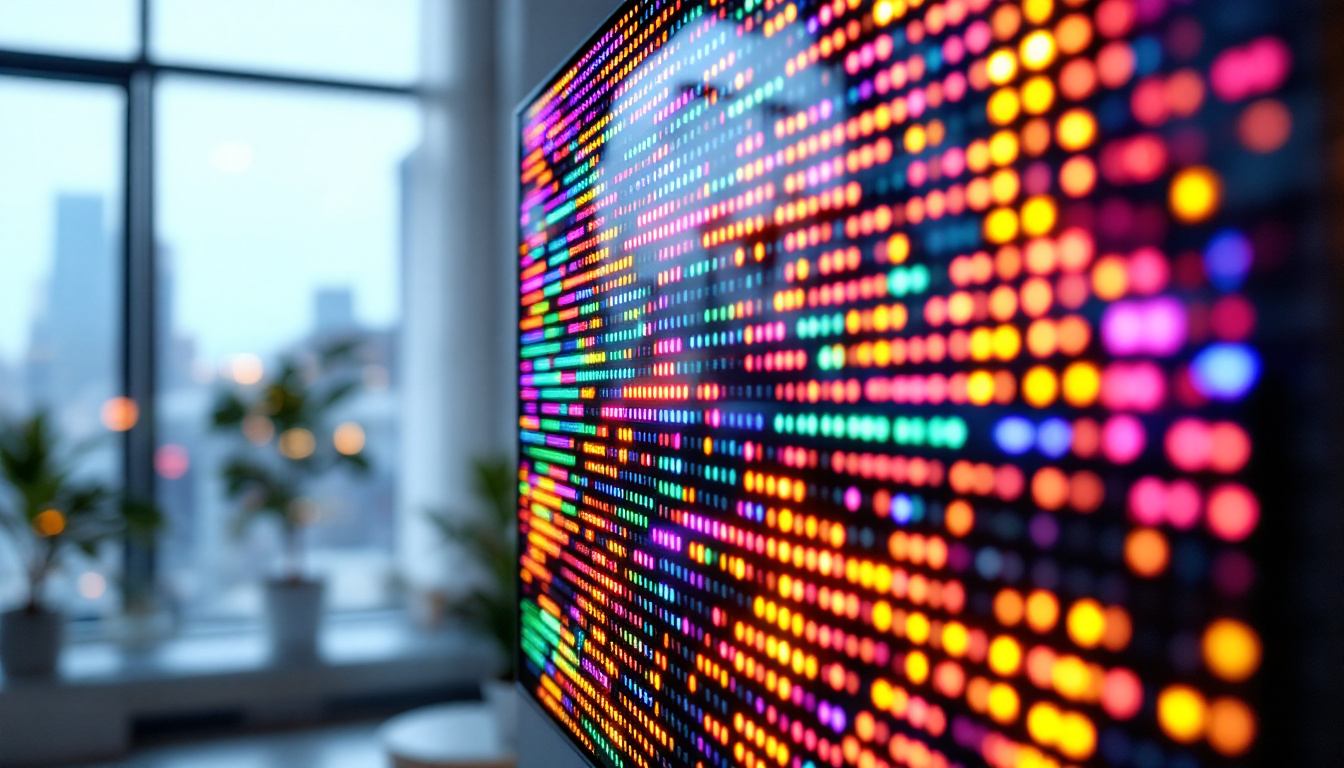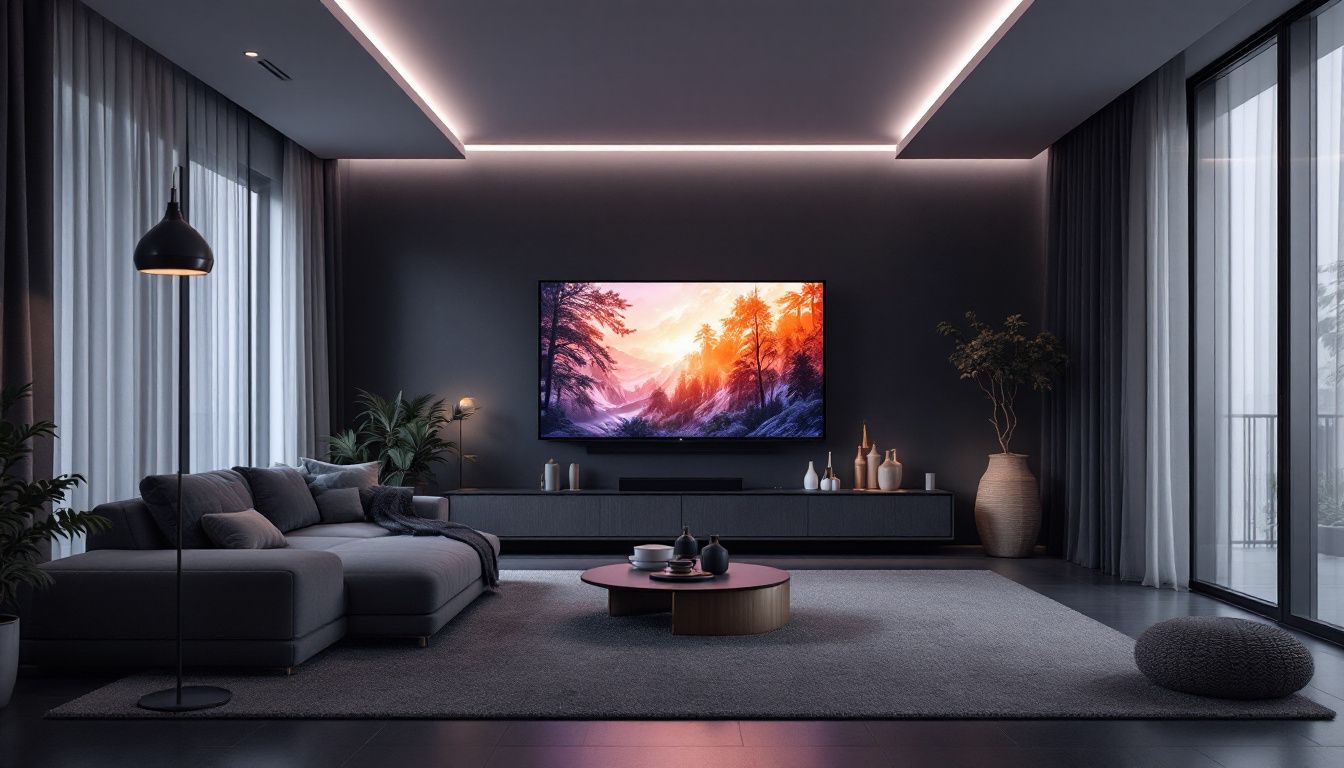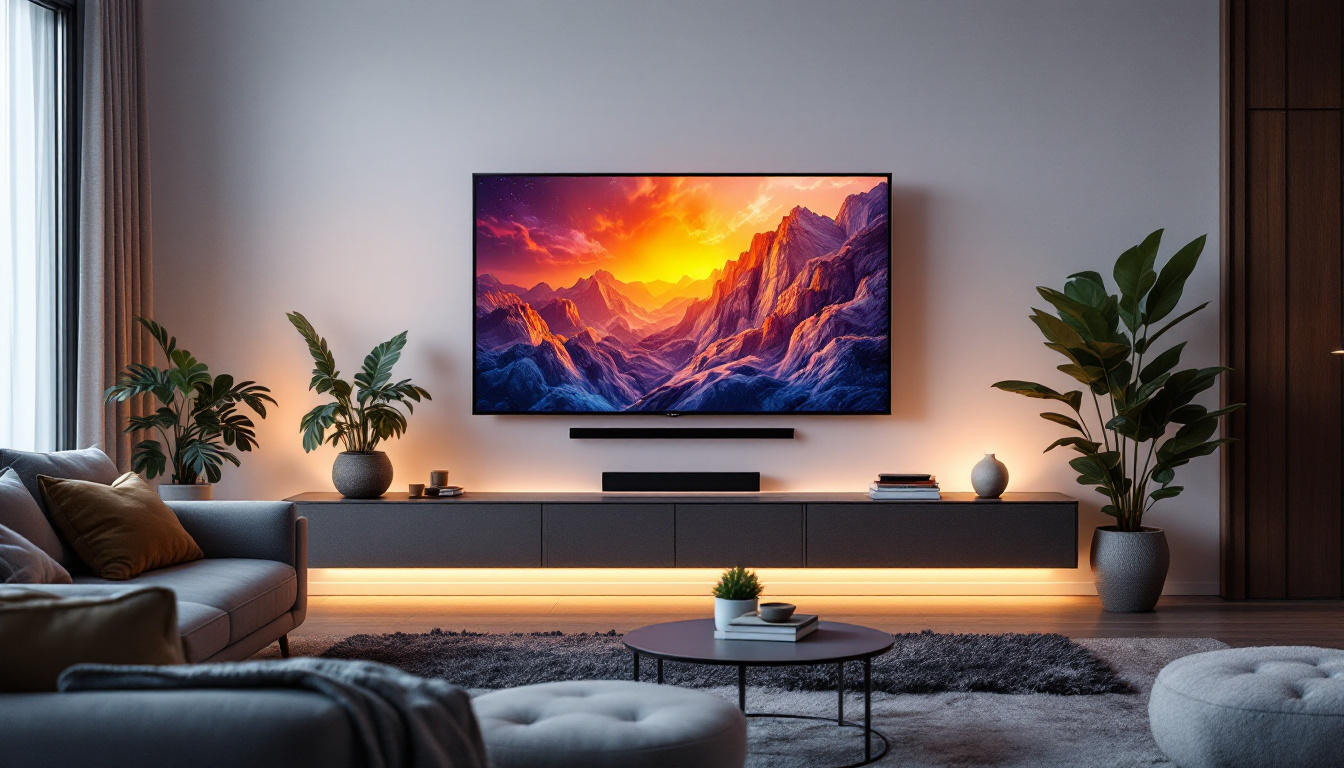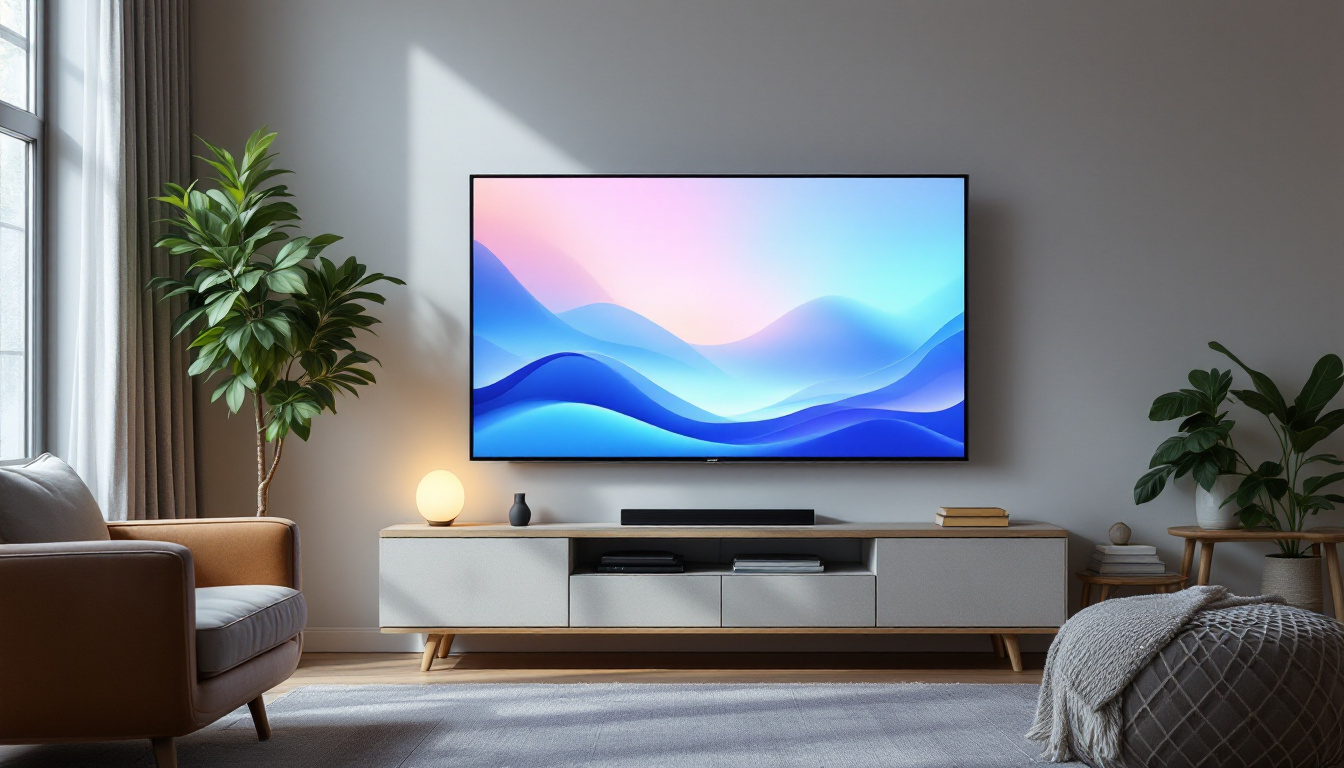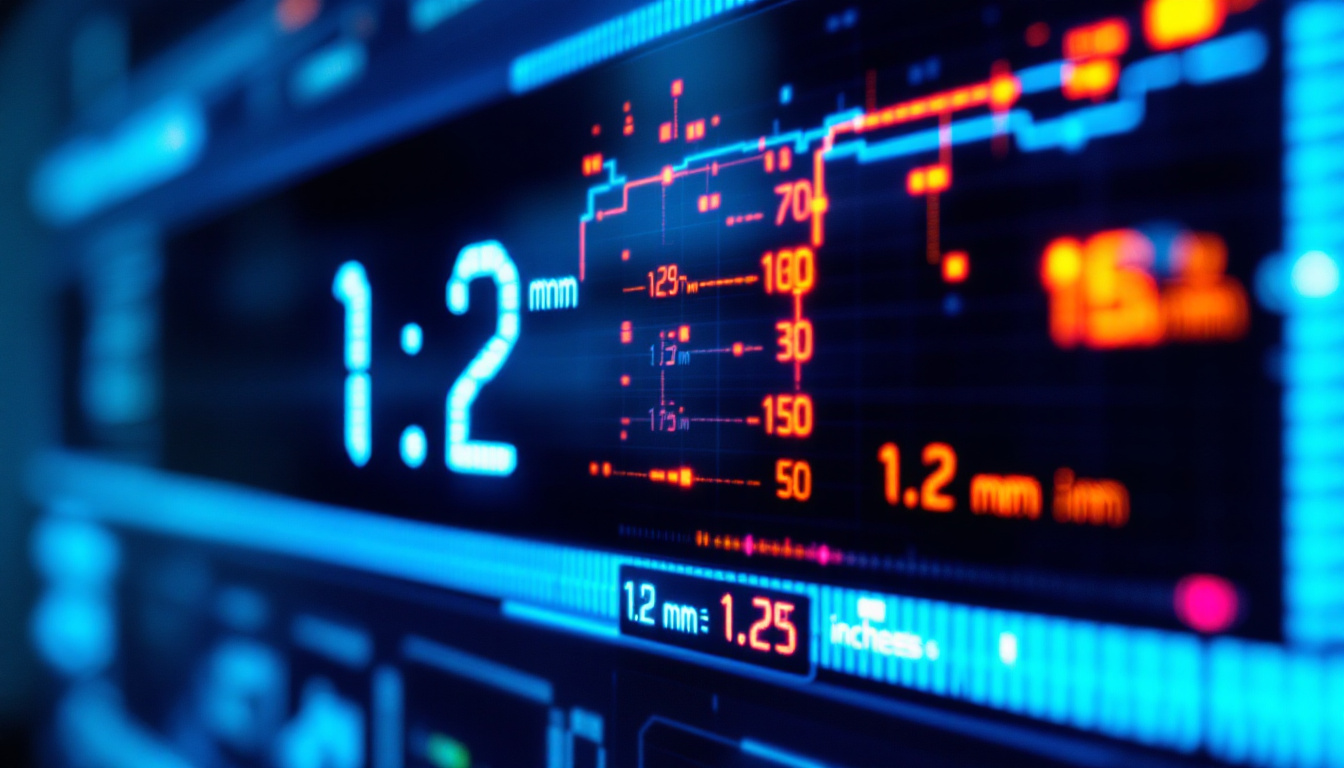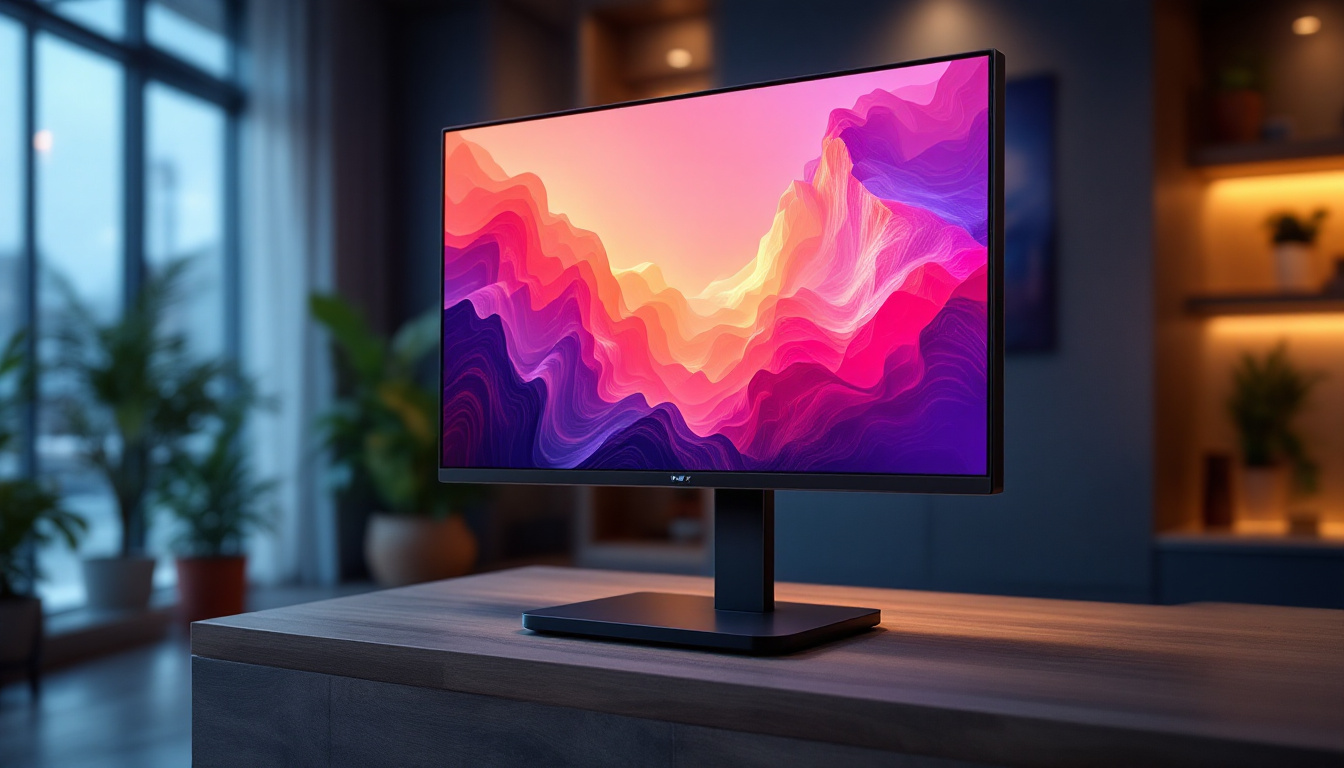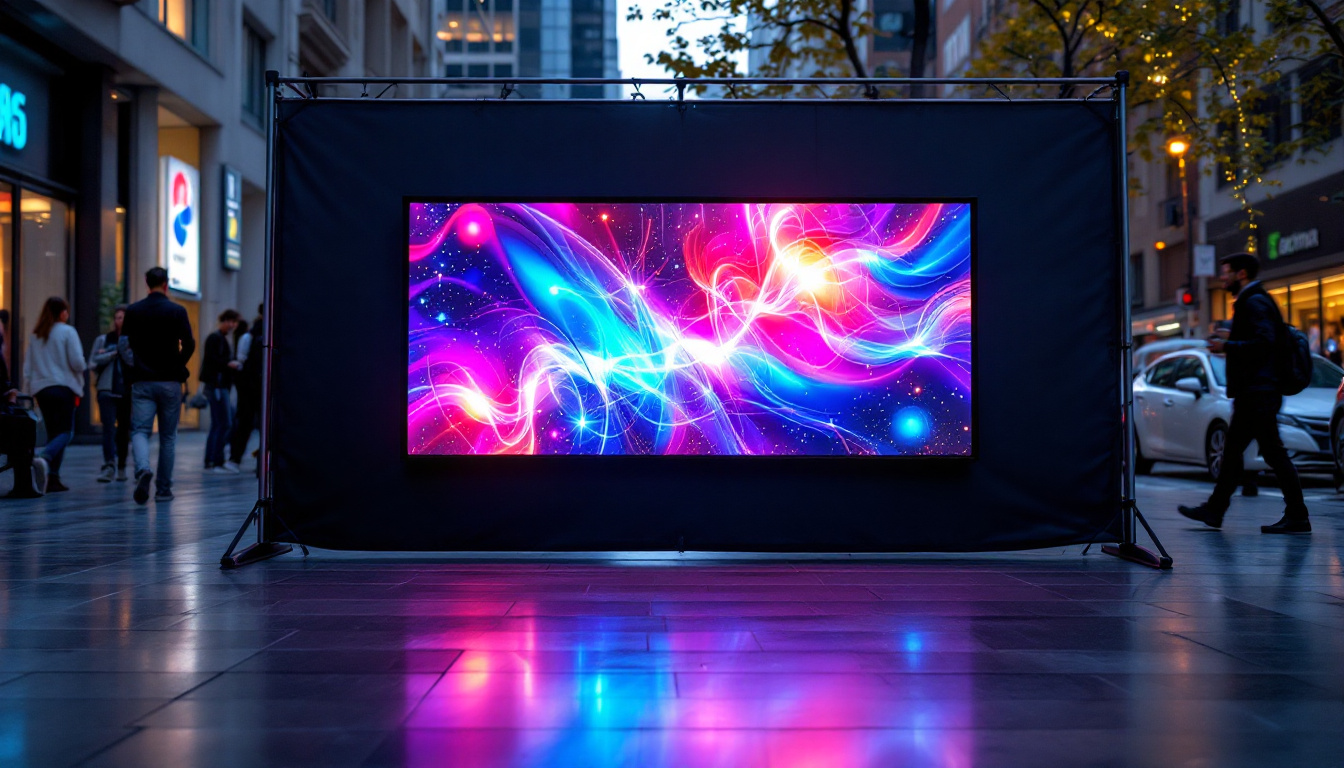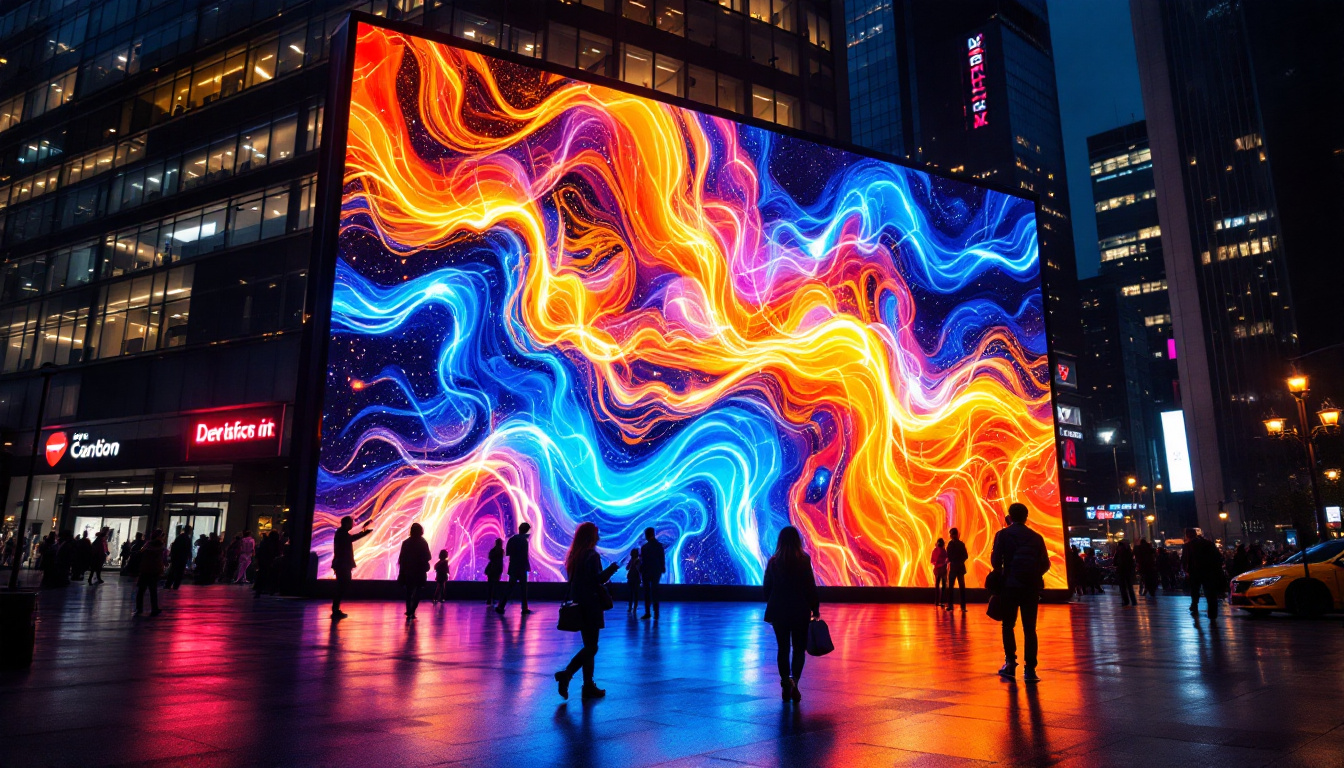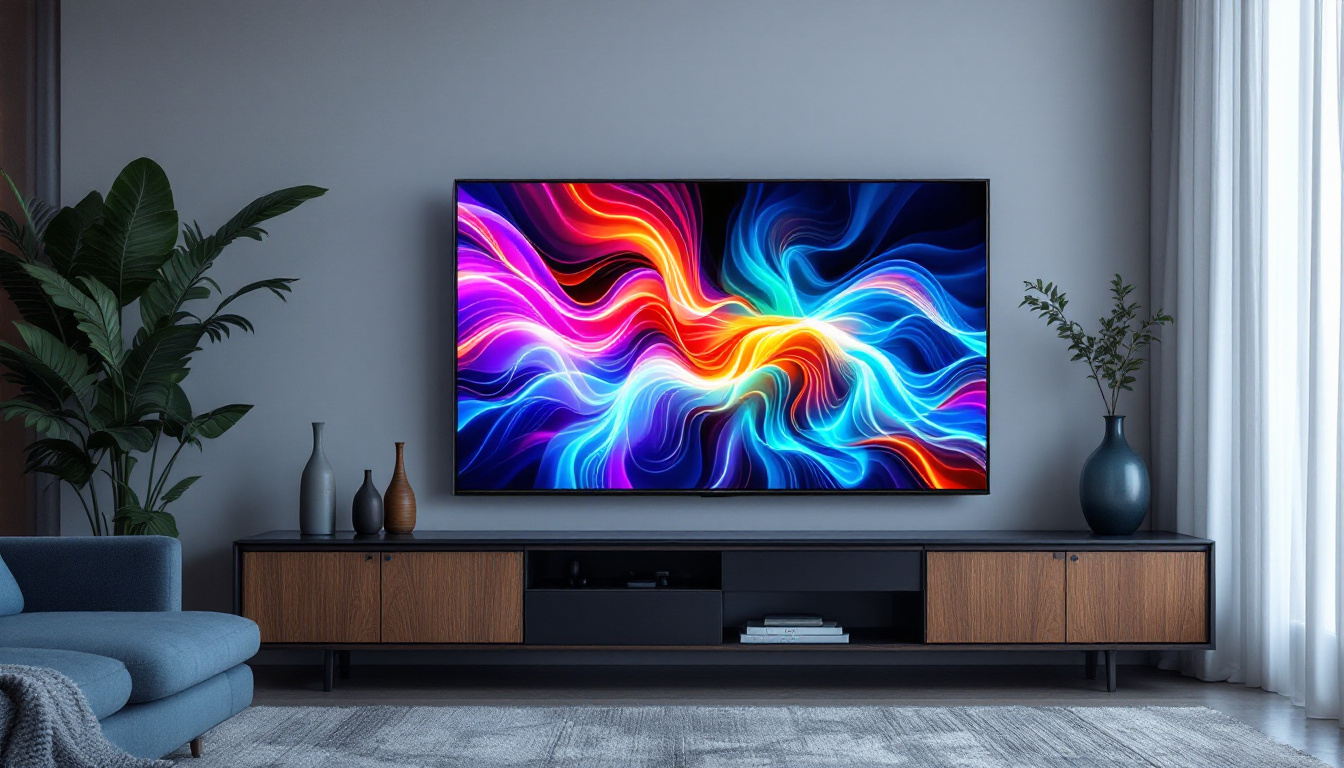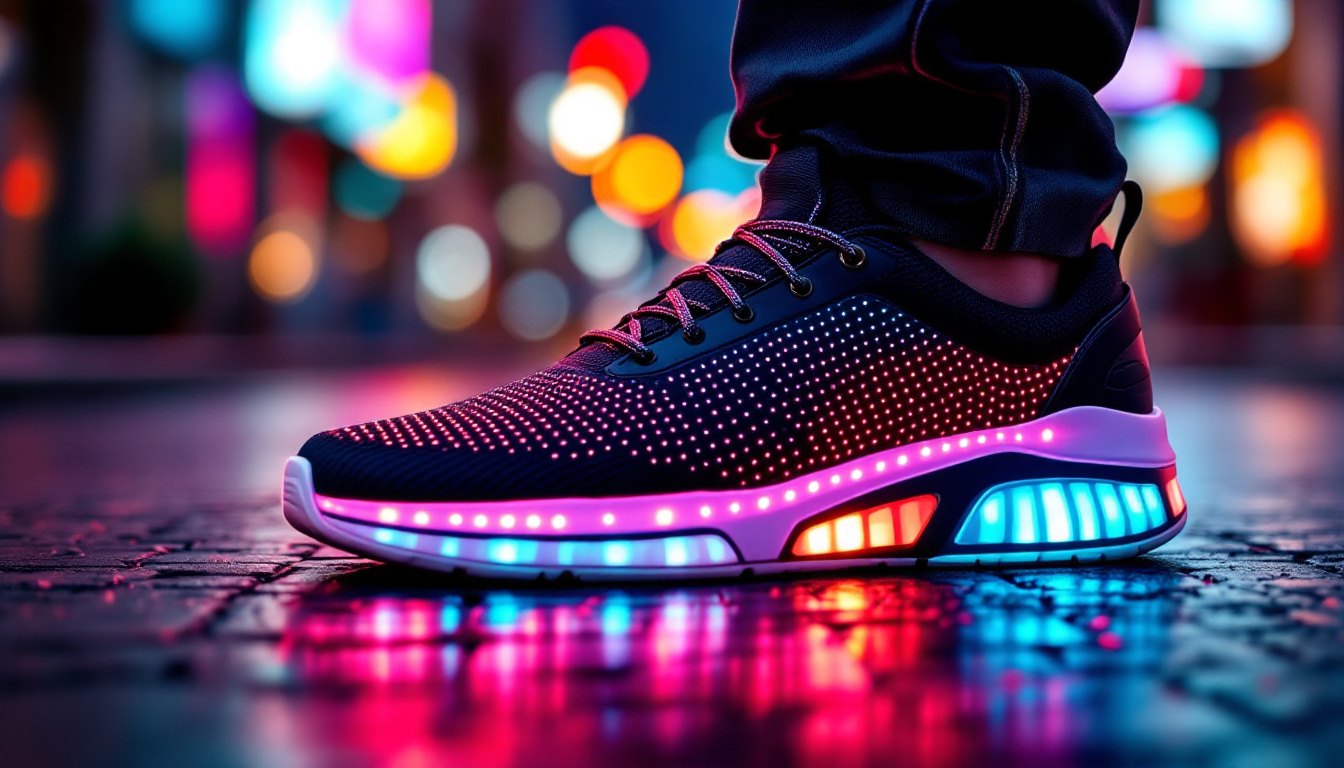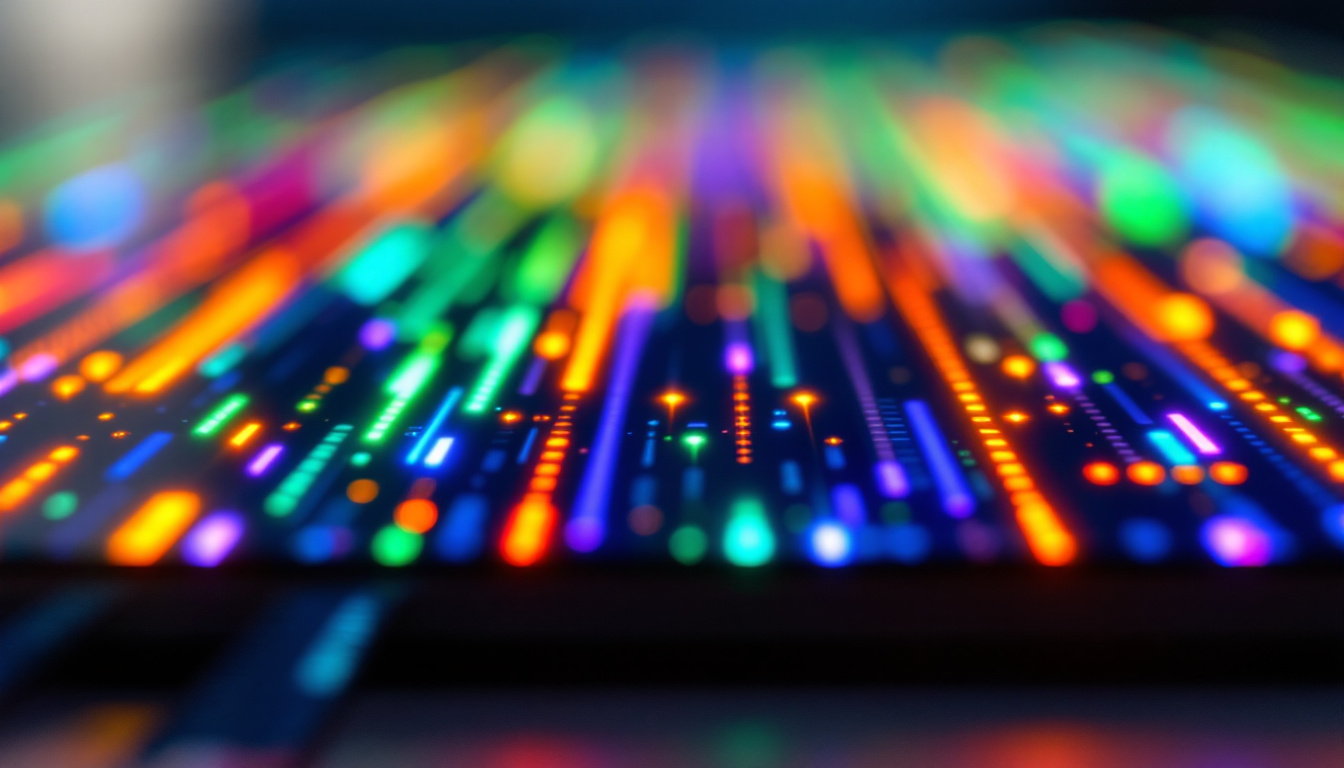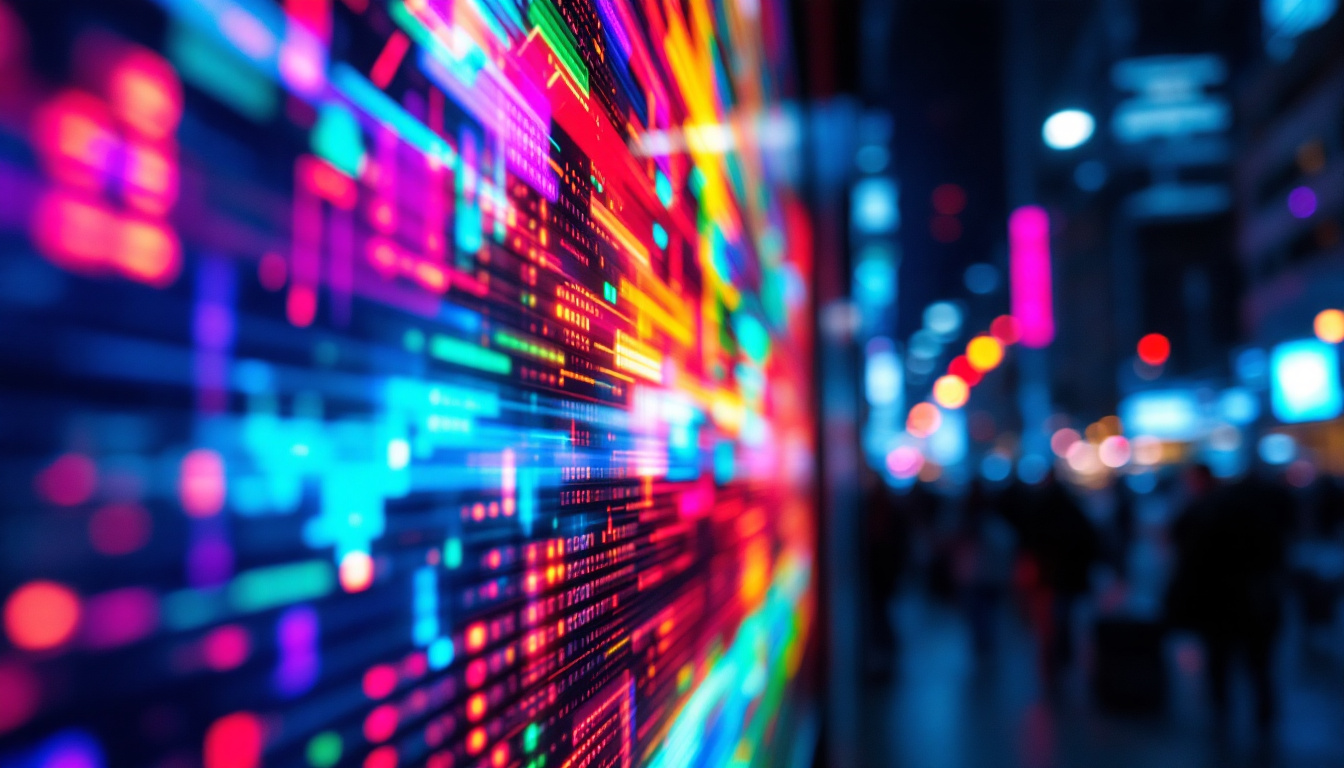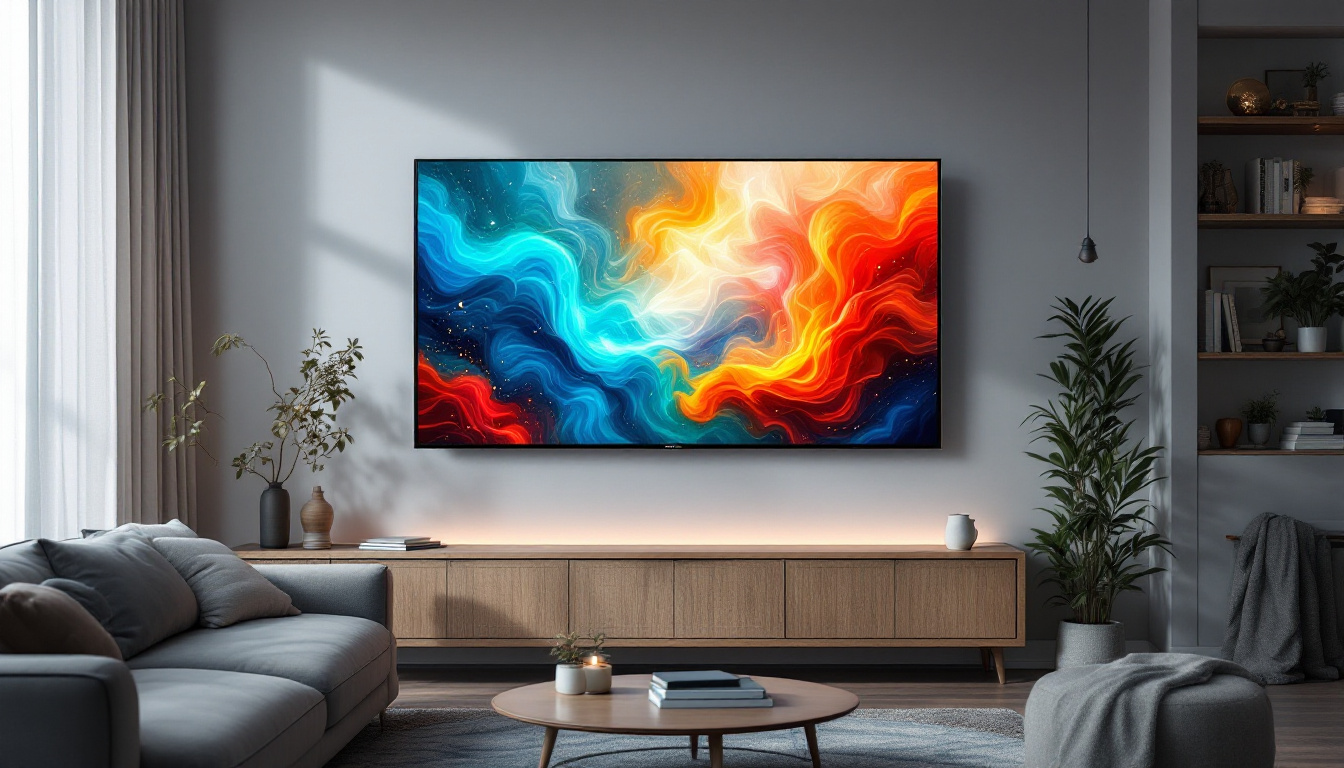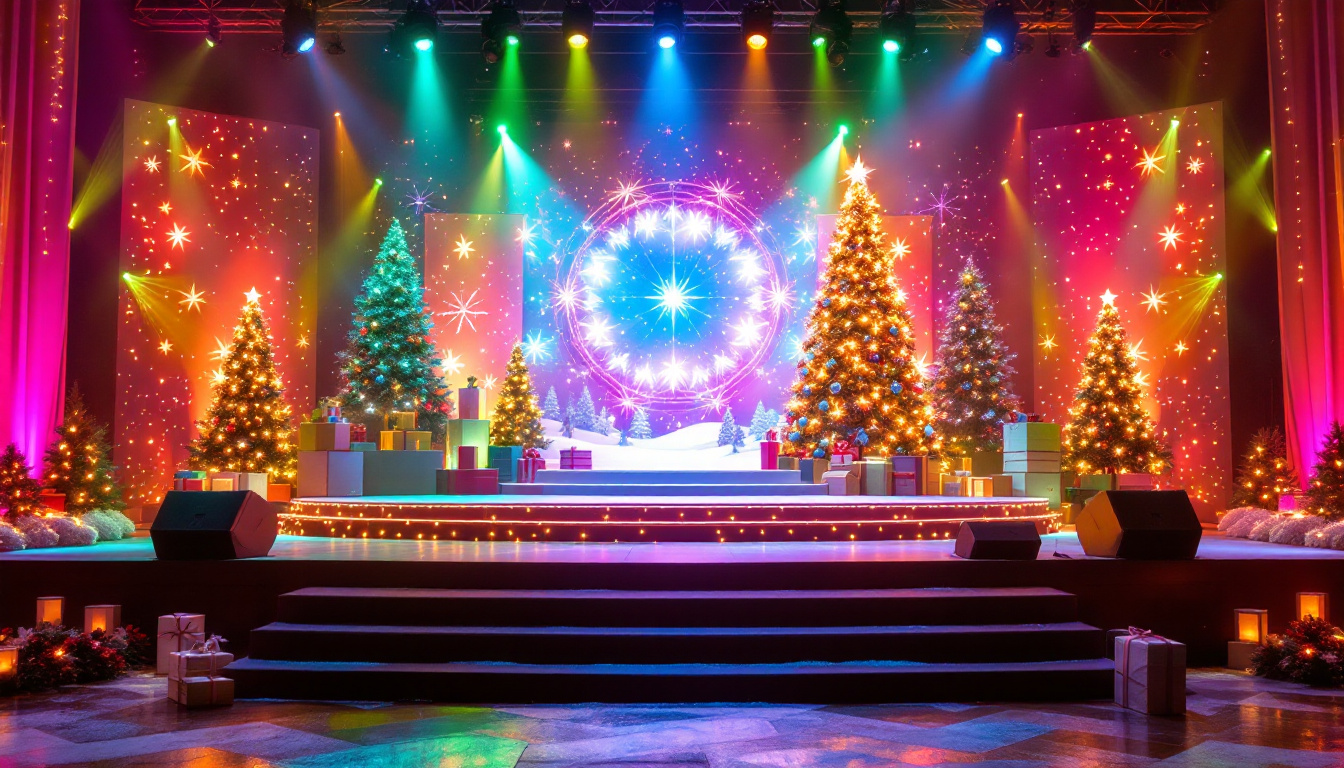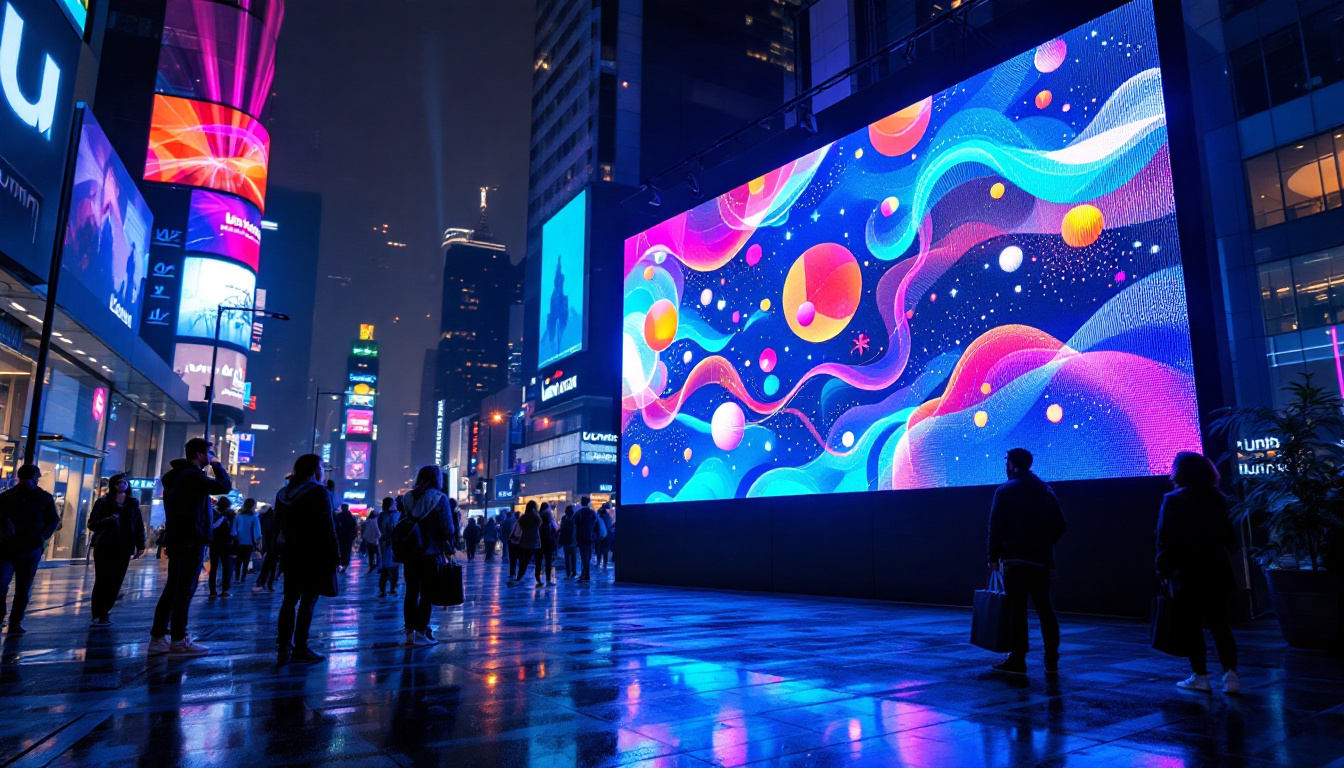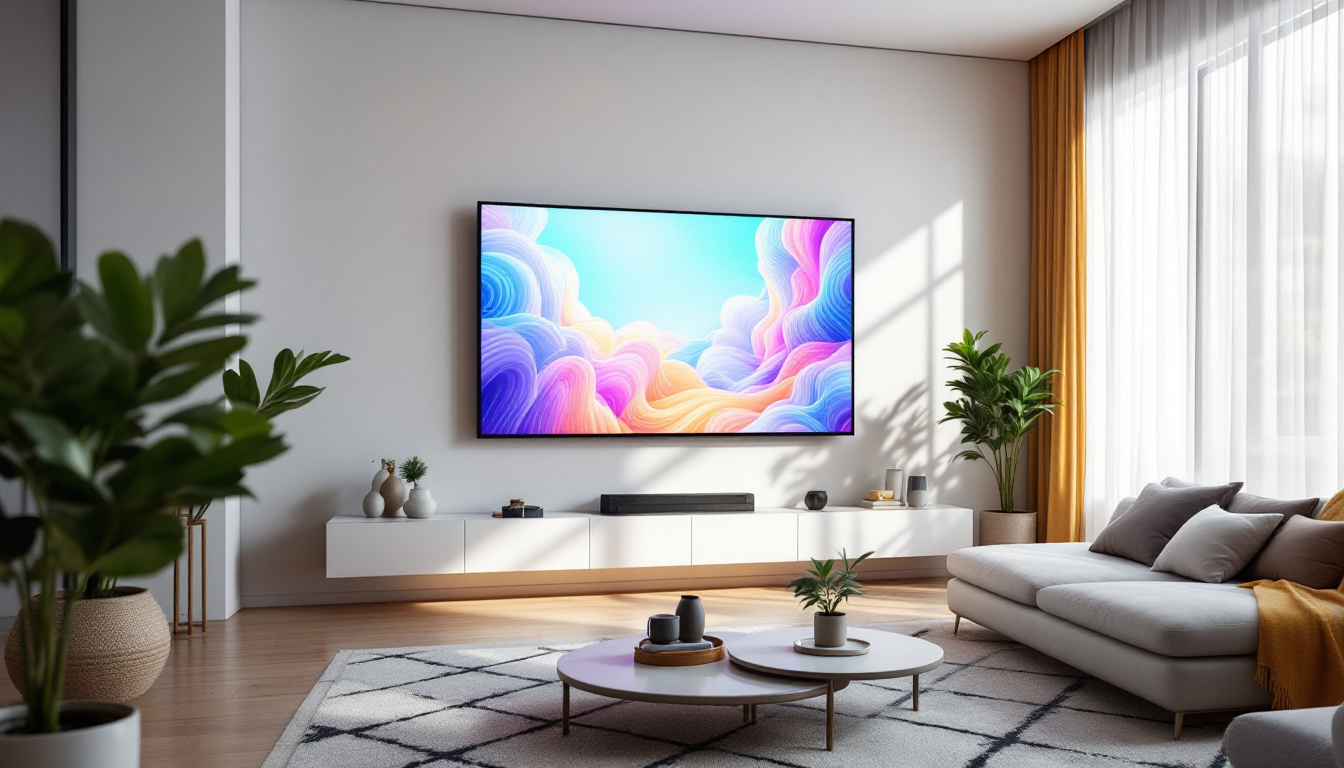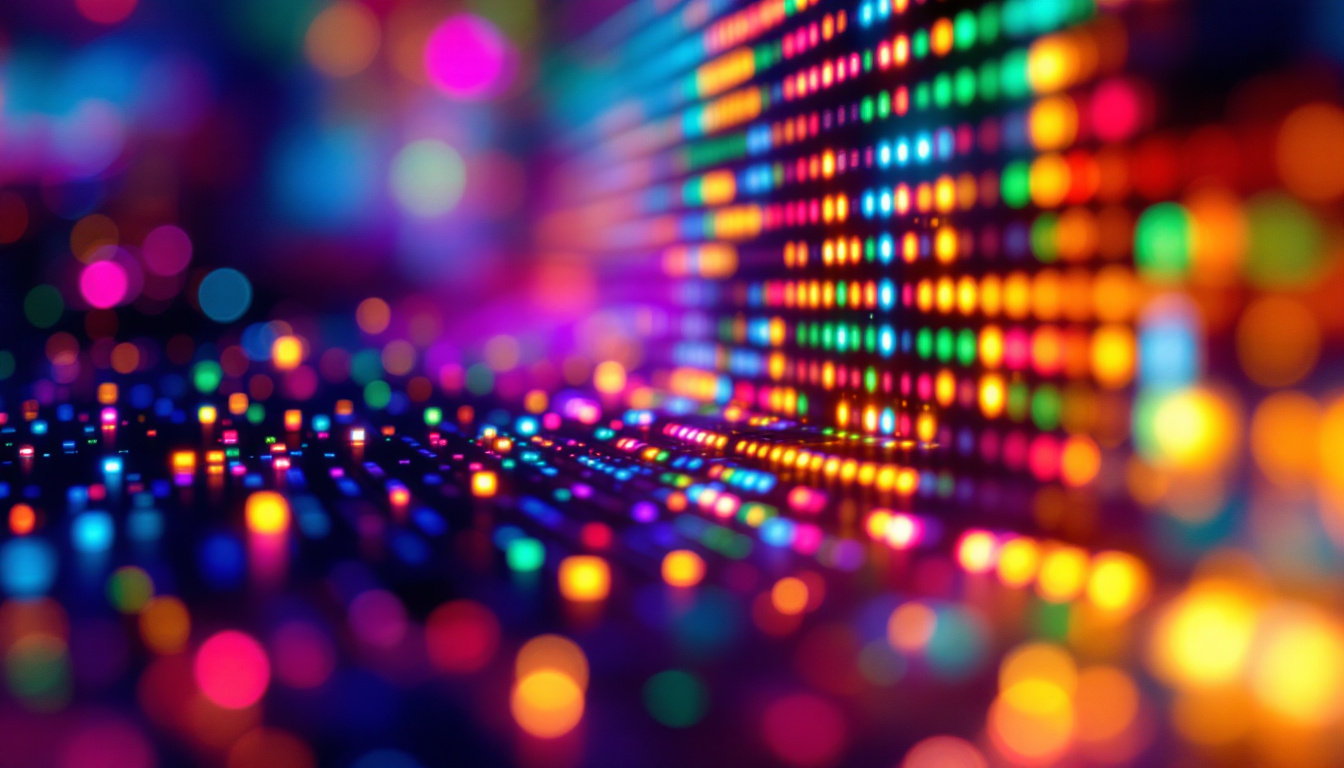In the modern world, visual communication plays a crucial role in how information is conveyed and perceived. Among the various technologies available, LED displays have emerged as a leading choice for businesses and organizations seeking to enhance their visibility and engagement. Mgs Vision and Lights specializes in providing high-quality LED display solutions that cater to a wide range of applications. This article delves into the intricacies of LED displays, their advantages, and the technology behind them.
Understanding LED Technology
Light Emitting Diodes (LEDs) are semiconductor devices that emit light when an electric current passes through them. The technology has evolved significantly since its inception, leading to the development of vibrant and efficient displays that are now ubiquitous in advertising, entertainment, and information dissemination. From the early days of simple indicator lights to the dazzling screens we see today, LEDs have transformed the way we interact with visual media.
How LEDs Work
LEDs function based on the principle of electroluminescence. When electrons move through a semiconductor material, they recombine with holes, releasing energy in the form of photons. This process produces light. The color of the light emitted depends on the materials used and the energy bandgap of the semiconductor. For instance, different semiconductor compounds can be engineered to emit specific wavelengths of light, resulting in the wide array of colors available in modern LED technology.
In LED displays, multiple diodes are arranged in a matrix to create images and videos. Each pixel consists of red, green, and blue (RGB) diodes, which can be combined in various intensities to produce a full spectrum of colors. This RGB configuration allows for high-resolution images and dynamic visual content. Furthermore, advancements in LED technology have introduced features such as pixel pitch adjustments, enabling displays to be tailored for various viewing distances, enhancing the viewer’s experience significantly.
Types of LED Displays
There are several types of LED displays, each designed for specific applications. The most common types include:
- Indoor LED Displays: These are typically used in environments such as shopping malls, conference rooms, and theaters. They offer high resolution and brightness, making them ideal for close viewing. Indoor displays often feature advanced color calibration techniques to ensure that the images appear vibrant and true to life, enhancing the overall aesthetic of the environment.
- Outdoor LED Displays: Designed to withstand harsh weather conditions, outdoor displays are used for billboards, stadiums, and public signage. They are built with higher brightness levels to ensure visibility in direct sunlight. Additionally, many outdoor displays incorporate protective coatings and rugged enclosures to resist moisture and dust, ensuring longevity and reliability in various climates.
- Transparent LED Displays: These innovative displays allow for visibility through the screen while still showcasing content. They are often used in retail environments and architectural applications. By combining transparency with high-definition visuals, these displays create a unique blend of functionality and design, enabling brands to engage customers without obstructing views of the products behind the screen.
In addition to these common types, there are also specialized LED displays such as flexible LED screens that can be curved or shaped to fit unconventional spaces, and high-definition LED walls that are used in concert venues and large events to create immersive experiences. The versatility of LED technology continues to inspire creativity in various fields, pushing the boundaries of how visual information is presented and consumed.
The Advantages of LED Displays
LED displays offer numerous advantages over traditional display technologies, making them a preferred choice for many applications. Here are some key benefits:
Energy Efficiency
One of the most significant advantages of LED technology is its energy efficiency. LED displays consume significantly less power compared to traditional incandescent or fluorescent displays. This not only reduces operational costs but also minimizes the environmental impact, making LED displays a sustainable choice for businesses. Furthermore, the reduced energy consumption translates into lower heat generation, which can enhance the overall lifespan of the display and reduce the need for additional cooling systems in enclosed spaces.
Brightness and Visibility
LED displays are known for their exceptional brightness, which makes them easily visible even in bright outdoor environments. This high level of visibility ensures that messages are conveyed effectively, regardless of the surrounding lighting conditions. As a result, businesses can capture the attention of potential customers more effectively. Additionally, the color accuracy and contrast ratios of LED displays enhance the overall viewing experience, making them ideal for advertising, presentations, and public information displays where clarity is paramount.
Longevity and Durability
LED displays have a longer lifespan compared to other display technologies. With an average lifespan of over 100,000 hours, they require less frequent replacement, reducing maintenance costs. Additionally, LEDs are more durable and resistant to shock and vibration, making them suitable for various applications, including outdoor settings. This durability is particularly beneficial for installations in high-traffic areas or extreme weather conditions, where traditional displays might fail. Moreover, the modular design of many LED displays allows for easy repairs and upgrades, ensuring that businesses can keep their displays up-to-date without significant downtime.
Versatility in Design
Another notable advantage of LED displays is their versatility in design and application. They can be configured in various shapes and sizes, allowing for creative installations that can fit any space, from large stadiums to small retail shops. This flexibility enables businesses to create eye-catching displays that can be tailored to their branding needs. Additionally, advancements in technology have led to the development of flexible LED screens, which can be curved or bent to create unique visual experiences that were previously impossible with traditional displays. This opens up new avenues for artistic expression and innovative advertising strategies.
Low Maintenance Requirements
LED displays also boast low maintenance requirements, which is a significant advantage for businesses looking to minimize operational disruptions. Unlike traditional displays that may require frequent bulb replacements or extensive servicing, LED technology is designed for longevity and reliability. Many LED displays come with built-in diagnostic tools that allow for real-time monitoring of performance, enabling quick identification of any issues that may arise. This proactive approach to maintenance not only saves time and money but also ensures that the display remains operational and effective in delivering messages to the audience.
Applications of LED Displays
LED displays are versatile and can be utilized in numerous settings. Their adaptability makes them suitable for a wide range of applications, including:
Advertising and Marketing
In the advertising sector, LED displays have revolutionized how brands communicate with consumers. Digital billboards and storefront displays allow for dynamic content that can be updated in real-time, enabling businesses to promote sales, events, and new products effectively. The eye-catching nature of LED displays attracts attention, driving foot traffic and increasing brand visibility.
Information Dissemination
Many organizations use LED displays for information dissemination. Airports, train stations, and bus terminals often employ LED screens to provide real-time updates on schedules, delays, and other important announcements. This instant access to information enhances the customer experience and improves operational efficiency.
Entertainment and Events
In the entertainment industry, LED displays are integral to concerts, festivals, and sporting events. Large LED screens are used to showcase live performances, replays, and advertisements, creating an immersive experience for attendees. Their ability to display vibrant colors and high-resolution images enhances the overall atmosphere of the event.
Installation and Maintenance of LED Displays
While LED displays offer numerous benefits, proper installation and maintenance are crucial to ensure optimal performance and longevity. Understanding the best practices for installation and maintenance can help organizations maximize their investment.
Installation Considerations
When installing an LED display, several factors must be considered, including location, viewing distance, and mounting options. The installation site should be assessed to determine the appropriate display size and resolution. For outdoor displays, weather-resistant materials and proper sealing are essential to protect against the elements.
Additionally, ensuring proper electrical connections and power supply is vital for the display’s functionality. It is advisable to work with experienced professionals who can ensure that the installation meets safety standards and provides optimal performance.
Regular Maintenance
To maintain the performance of LED displays, regular maintenance is essential. This includes cleaning the screens to remove dust and debris, checking for any malfunctioning pixels, and ensuring that all electrical connections are secure. Regular inspections can help identify potential issues before they escalate, ensuring the display operates smoothly.
Furthermore, software updates may be necessary to enhance functionality and security. Keeping the display’s software up to date ensures that it can handle the latest content formats and provides the best user experience.
Future Trends in LED Display Technology
The LED display industry continues to evolve, driven by technological advancements and changing consumer demands. Several trends are shaping the future of LED displays:
Higher Resolution Displays
As technology progresses, the demand for higher resolution displays is increasing. Consumers expect sharper images and more detailed visuals, leading manufacturers to develop displays with higher pixel densities. This trend is particularly evident in indoor displays, where close viewing distances necessitate higher resolutions for optimal image quality.
Integration with Smart Technology
The integration of LED displays with smart technology is another emerging trend. Smart LED displays can connect to the internet, allowing for remote content management and real-time updates. This connectivity enhances the flexibility and functionality of displays, enabling businesses to respond quickly to changing circumstances.
Sustainability Initiatives
As environmental concerns continue to grow, the LED display industry is increasingly focusing on sustainability. Manufacturers are exploring eco-friendly materials and production processes to reduce their carbon footprint. Additionally, energy-efficient designs are becoming standard, further contributing to sustainability efforts.
Conclusion
LED displays have transformed the way information is communicated across various sectors. Their energy efficiency, brightness, and versatility make them an ideal choice for advertising, information dissemination, and entertainment. As technology continues to advance, the future of LED displays looks promising, with trends focusing on higher resolutions, smart technology integration, and sustainability initiatives.
For businesses and organizations looking to enhance their visibility and engagement, investing in high-quality LED display solutions from Mgs Vision and Lights can provide a significant competitive advantage. Understanding the technology, applications, and maintenance requirements of LED displays is essential for maximizing their benefits and ensuring a successful implementation.
Discover Cutting-Edge LED Displays with LumenMatrix
Ready to elevate your visual communication strategy? LumenMatrix is at the forefront of LED display innovation, offering a diverse range of solutions tailored to your unique needs. From Indoor and Outdoor LED Walls to specialized displays for vehicles, sports, and even customizable options, LumenMatrix is committed to enhancing your brand’s presence and audience engagement. Experience the transformative power of our LED technology and let your message shine with unparalleled clarity and impact. Check out LumenMatrix LED Display Solutions today and step into the future of digital signage.

